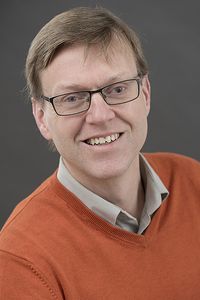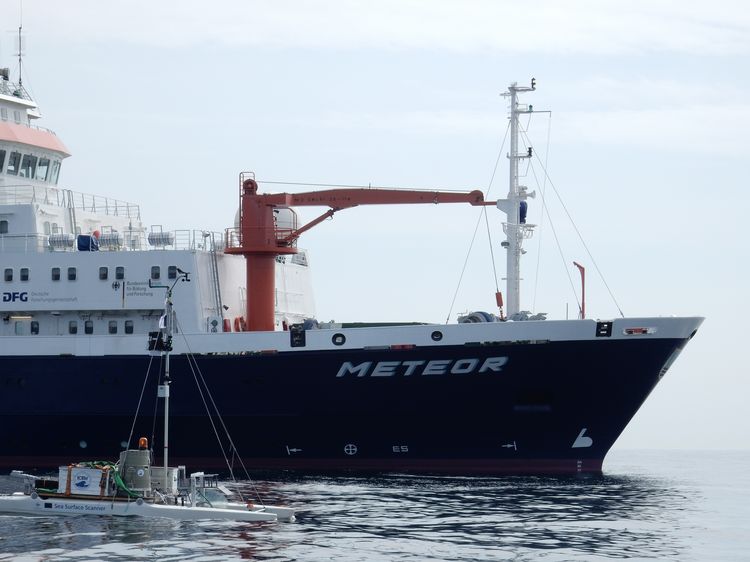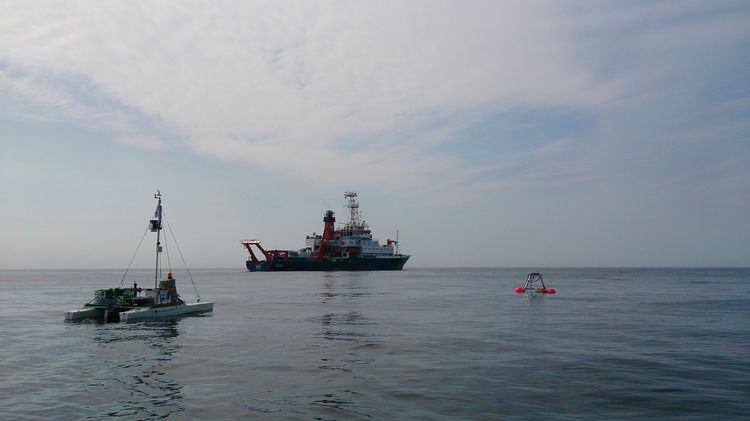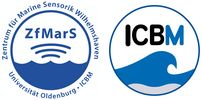Head

Prof. Dr. OLIVER WURL
Meteor 117
Meteor cruise 117 in the Baltic Sea during summer 2015
In summer 2015, we conducted a research cruise on the research vessel METEOR near the Gotland Basin and the Gulf of Finland to study sea surface microlayers (SML) in upwelling regions of the Baltic Sea. We entered the Baltic Sea from Hamburg via the Kiel Canal. Upwelled seawater is of particular interest as it is highly saturated in carbon dioxide and the cold and nutrient-rich water is known to enhance primary production (phytoplankton growth). Part of the cruise (M117), which lasted from the 23rd of July to the 17th of August, was a long-term monitoring program serving the Helsinki Commission (HELCOM) and the Federal Maritime and Hydrographic Agency. The second part of the research program was dealing with biogeochemical processes occurring in upwelling regions. Participating research groups were the Leibniz Institute for Baltic Sea Research (IOW), the Leibniz Institute for Tropospheric Research (TROPOS), the Institute for Chemistry and Biology of the Marine Environment (ICBM) in Wilhelmshaven and meteorologists of the German Weather Service. As part of the work, carbon dioxide exchange rates and parameters such as temperature, salinity, oxygen saturation and chlorophyll concentrations in the SML were measured by means of a floating buoy and the remote-controlled catamaran ‘Sea Surface Scanner’, respectively. Rotating glass plates on the catamaran took samples of the SML and as a comparison also from approximately 1 m depth. The SML adheres to the glass due to its hydrophobic nature. Furthermore, we took SML samples for microbiological analyses to gain a better understanding of the role of biology, especially the role of the microbial communities, in gas exchange processes. Metabolic activities of plankton and microorganisms in terms of oxygen production and consumption within the SML were measured by an in situ incubator, which incubated tubes filled with seawater on three different depths. Since all sampling procedures were conducted from a small boat, we had to rely on calm sea (which we often had). Currently, the samples are analyzed in our labs.



